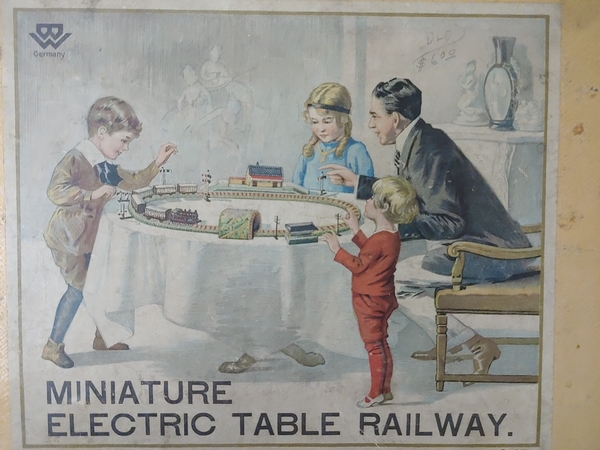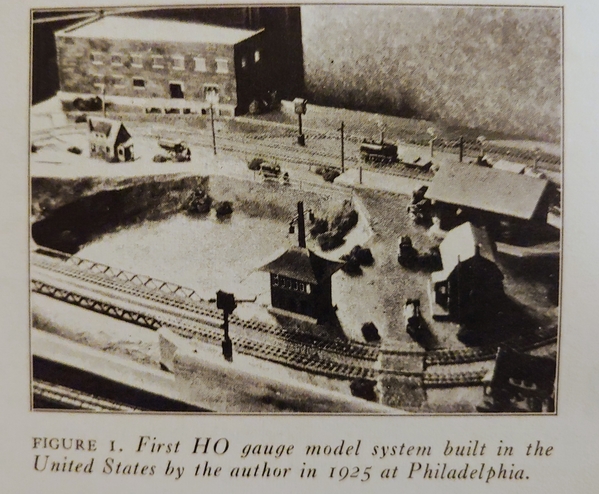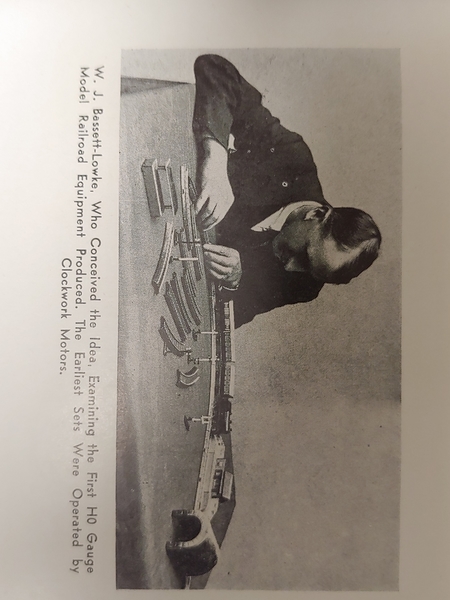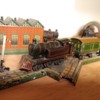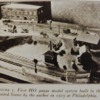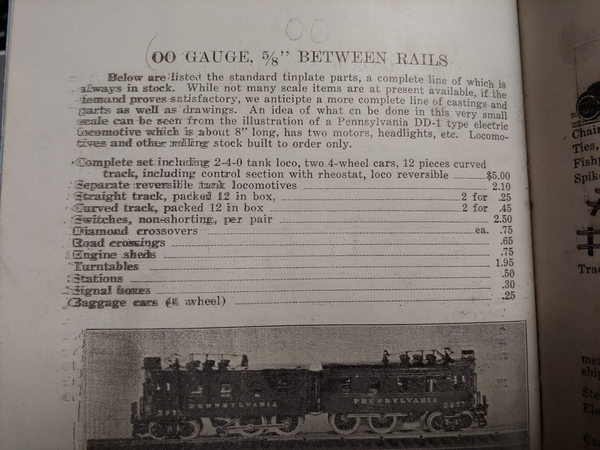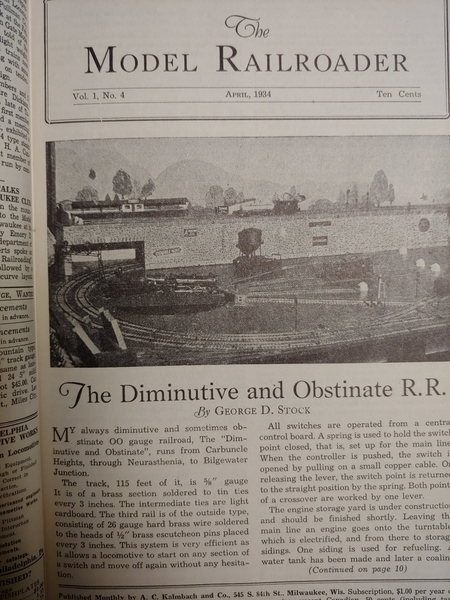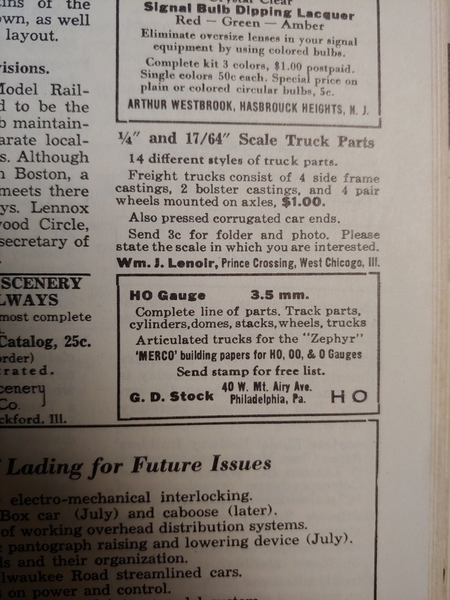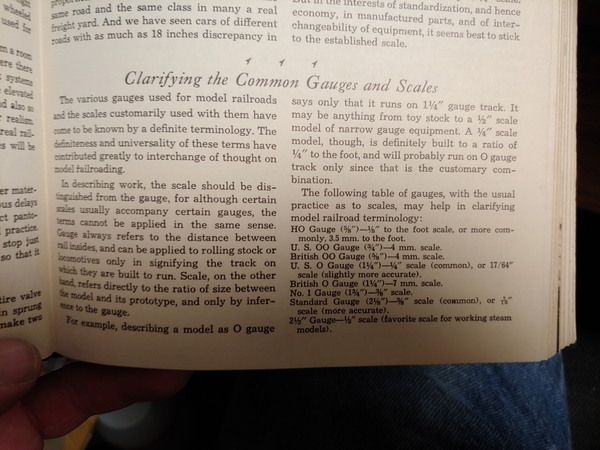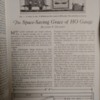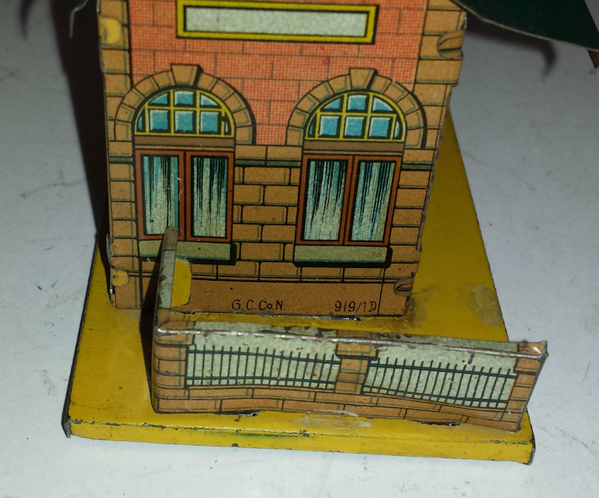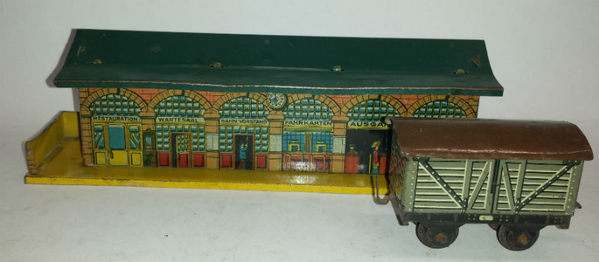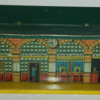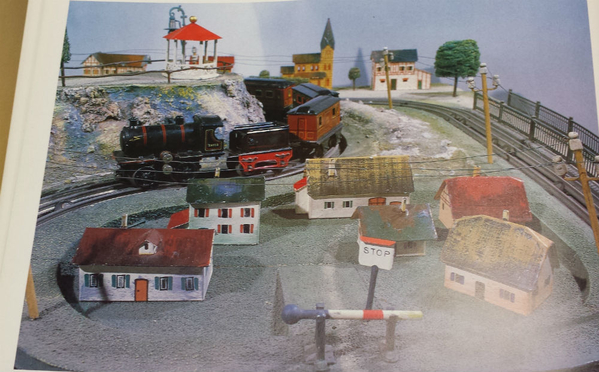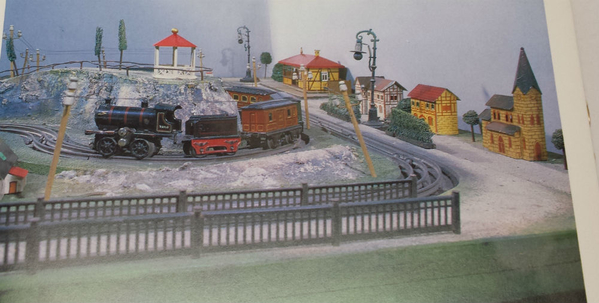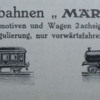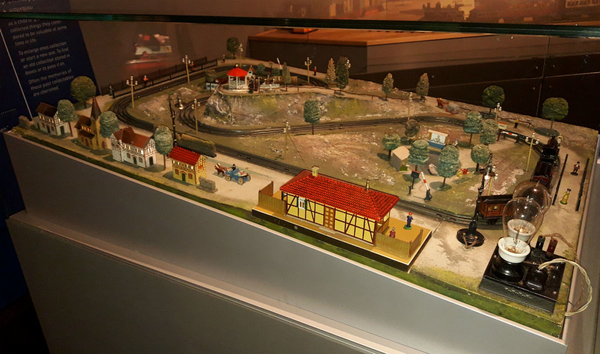Hello all ... finally got around to setting up the Bing HO to see it run .... a bit of taking from this one to give to that one ... hope and pray .... dial up 6 volts ..... and off she goes racing around the table ...
Bassett Lowke inspired the HO line and Bing manufactured it ....Ed Alexander distributed the Americanized version and carried them in his 1928 catalog ....the miniaturization of the toy train world had begun.
see link for action video
https://www.youtube.com/watch?v=bv-G73UJnQQ
Cheers Carey





